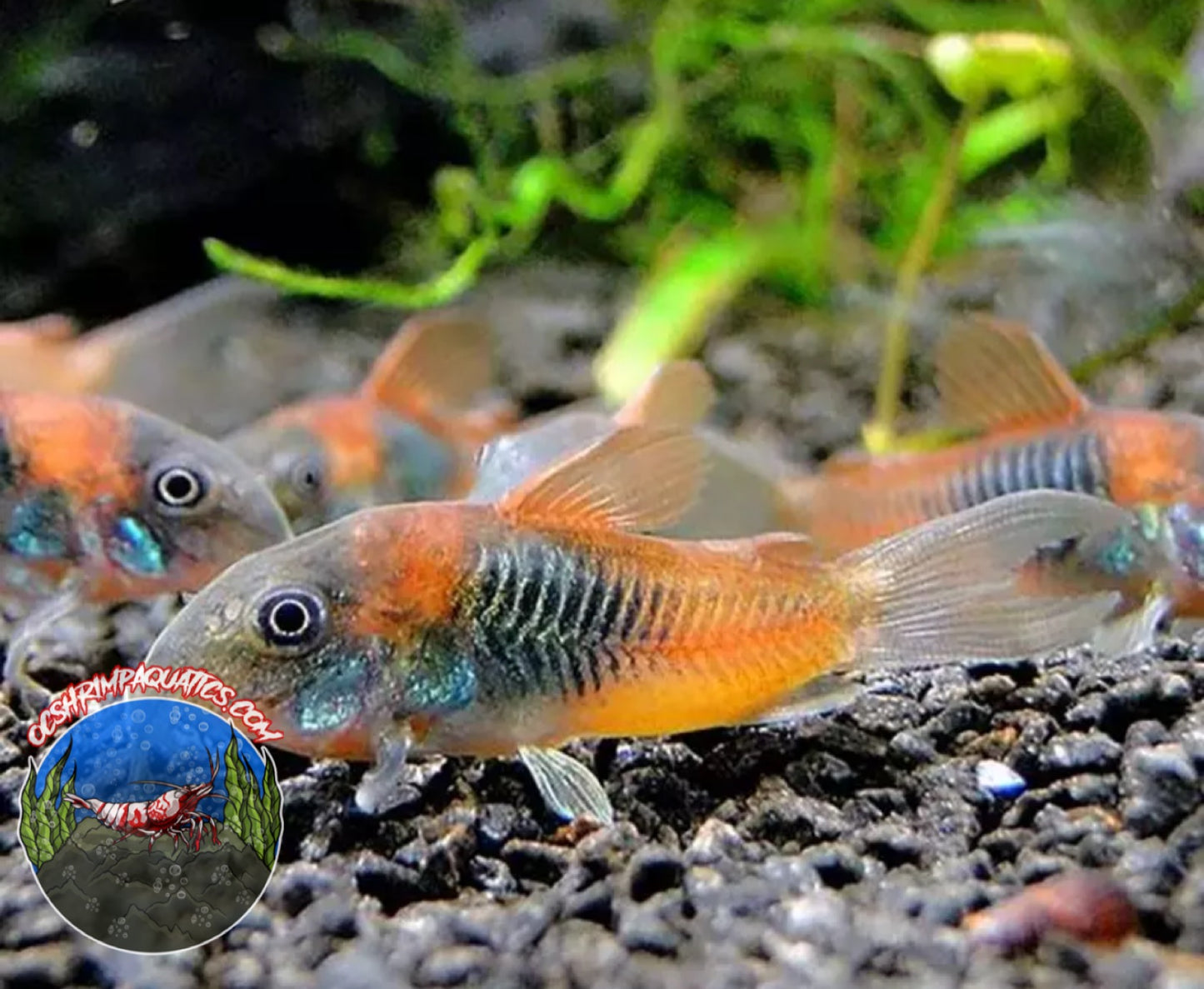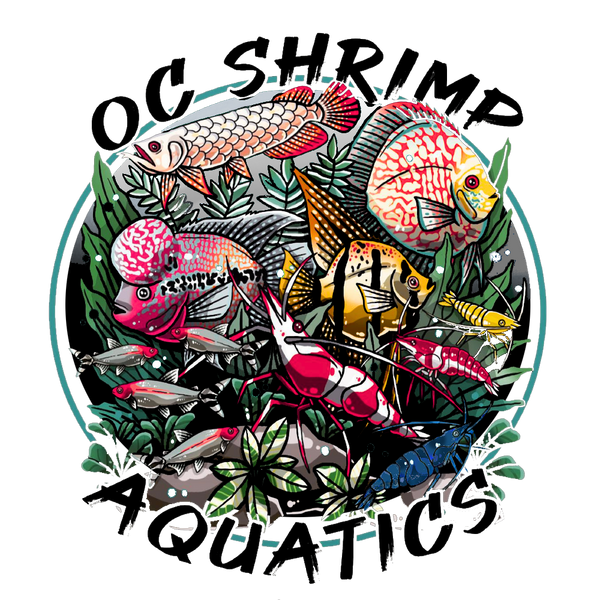OC SHRIMP AQUATIC
ORANGE VENEZUELA CORYDORAS
ORANGE VENEZUELA CORYDORAS
Couldn't load pickup availability
Share
The Orange Venezuela Corydoras (Corydoras sp. "Orange Venezuela") is a captivating freshwater fish known for its vibrant coloration and lively behavior. Proper care is crucial to ensure they thrive in your aquarium. Here’s a detailed guide to caring for Orange Venezuela Corydoras:
Tank Setup
-
Tank Size: A minimum tank size of 20 gallons is recommended. Corydoras are social fish and do better in groups, so larger tanks offer more space for schooling and help maintain stable water conditions.
-
Tank Environment: Provide a well-planted tank with plenty of hiding spots. Use materials like driftwood, rocks, and live plants. Corydoras enjoy having places to explore and hide, which reduces stress and encourages natural behavior.
-
Substrate: A soft substrate like sand or fine gravel is ideal. Avoid sharp or rough substrates as they can damage the delicate barbels of Corydoras. Sand is particularly beneficial as it allows them to forage naturally without injury.
Water Conditions
-
Temperature: Maintain a stable water temperature between 72-78°F (22-26°C). Use a reliable heater to keep the temperature consistent.
-
pH Level: Orange Venezuela Corydoras prefer slightly acidic to neutral water. Aim for a pH range between 6.0 and 7.5.
-
Water Hardness: They do well in soft to moderately hard water. Aim for a hardness range of 2-15 dGH.
-
Filtration: Use a gentle filtration system that doesn’t create strong currents, as Corydoras prefer calmer waters. Sponge filters or hang-on-back filters with a sponge pre-filter are suitable options. Regular water changes (about 20-30% weekly) are important to maintain water quality.
Diet
-
Diet: Orange Venezuela Corydoras are omnivorous. Feed them a varied diet of high-quality sinking pellets or wafers, live or frozen foods like bloodworms and brine shrimp, and occasional blanched vegetables (e.g., zucchini, cucumber).
-
Feeding: Feed them once or twice a day. Provide only as much food as they can consume within a few minutes to prevent overfeeding and water pollution.

Order and get 170 reward points
Earn points by signing up for our rewards program

